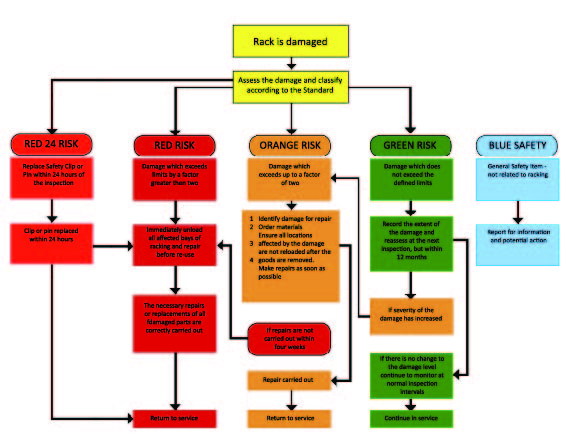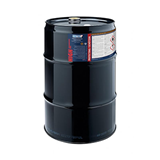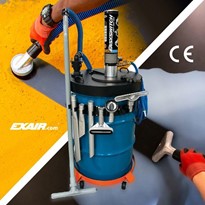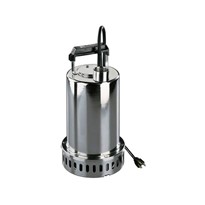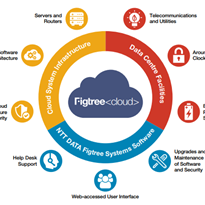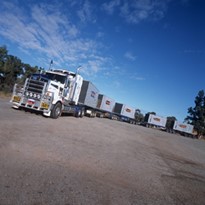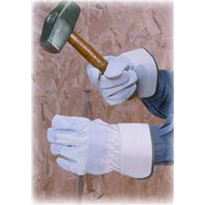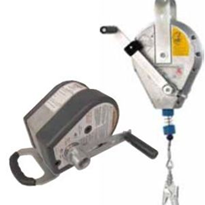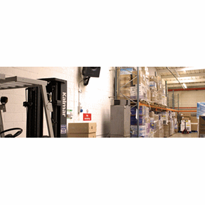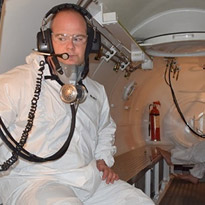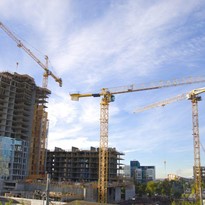Few other working environments can mirror its unique risks. Manual Handling Equipment, staff, at times customers, pallet racking and stock all located in the one limited operational area.
To manage the risks associated with such an operational zone, careful planning and thought needs to be employed. Companies cannot rely on those working within the area to understand the inherent risks without having a process in place that controls potential hazards.
What processes are best to limit the risk in the warehouse?
There are a number of considerations when introducing risk minimisation processes in the warehouse:
- Design & Layout of warehouse
- Design & Layout of shared pedestrian/ MHE zones
- Rules for Forklift operators
- Design of Racking and components
- Staff Training
- Managing damages & reporting
- Racking Inspections
Design & Layout of warehouse
The warehouse zone needs to be designed with consideration to seismic zones of the area, as well as taking into consideration adequate visibility (adequate lighting), ventilation and heat/cold (climate control).
Design & Layout of shared pedestrian/ MHE zones
A danger point in the warehouses is the shared proximity of manual handling equipment and pedestrians (staff/ customers). Marked zones for pedestrians are required to ensure the safety of pedestrians, as far removed from movement of forklifts as possible.
Rules for Forklift operators
Forklift operators require operational guides including speed limitation, ongoing licensing updates, awareness of pedestrian and off limit zones and enforceable notices for breach of acceptable operation.
Design of Racking and components
Pallet racking is prone to damage, but sound design can minimise its impact. The design of racking should take into consideration adequate clearances for MHE, the required capacity to be held as well as protection of prone points such as rack ends.
Staff Training
Prior understanding of risks associated with racking or MHE cannot be presumed. Forklift training (operation and working with racking) as well those working around them are key preventative measures.
Managing damages & reporting
A closed loop system of inspecting, reporting and repairing damages to pallet racking is required to ensure that operations with racking remain safe.
Racking Inspections
Australian Standard AS4084-12 requires an annual inspection by qualified persons. This annual external inspection should be supported with internal weekly and monthly checks and reporting processes for damage.
Warehouses are prone to risk, and hazards cannot be entirely eliminated. However, with key planning in the processes of managing those risks associated with MHE, racking & staff interaction, many of them can be avoided.


